
The city of Verona has a main public hospital, the Azienda Ospedaliera Universitaria Integrata di Verona (AOUI), which is part of the Veneto Region Health System. AOUI is connected to the University of Verona, and is based on two health care facilities. Northwards (Borgo Trento Hospital) is the main surgical pole, where either general or specialist surgical activities are performed (e.g. liver and kidney transplants, neurosurgery, hearth surgery, otolaryngology, obstetrics & gynecology, pediatrics, plastic surgery, pulmonary surgery, orthopedics). Moreover there are medical either general or specialist departments including neurology, cardiology, pneumology and nephrology, pediatric departments, emergency departments, radiotherapy, pathology and diagnostic departments including radiology, microbiology and clinical biochemistry laboratories. Southwards (Borgo Roma Hospital) is the main university pole with medical general and specialist departments including adult oncology and haematology, neurology, psychiatry. Moreover there are surgical departments either general or specialist including gut, liver and pancreas surgery, dentistry and maxillo-facial, ophthalmology. An advanced rehabilitation department is functional to the needs of the medical/surgical departments. Furthermore there are emergency departments, pathology and diagnostic departments including radiology, microbiology and clinical biochemistry laboratories.
Attentive to the needs of the citizenship, the AOUI is continuously adjusting its technological profile to the highest standards in order to provide state-of-the-art healthcare. The presence of teams of highly qualified medical and nursing staff, the propensity to develop research activities in various fields of biomedical knowledge, as favored by the presence and collaboration with the departments of the medical school of the University of Verona, the support of the general and health management and administration offices allow keeping the instrumental and HT/IT equipment up to date at the highest levels.
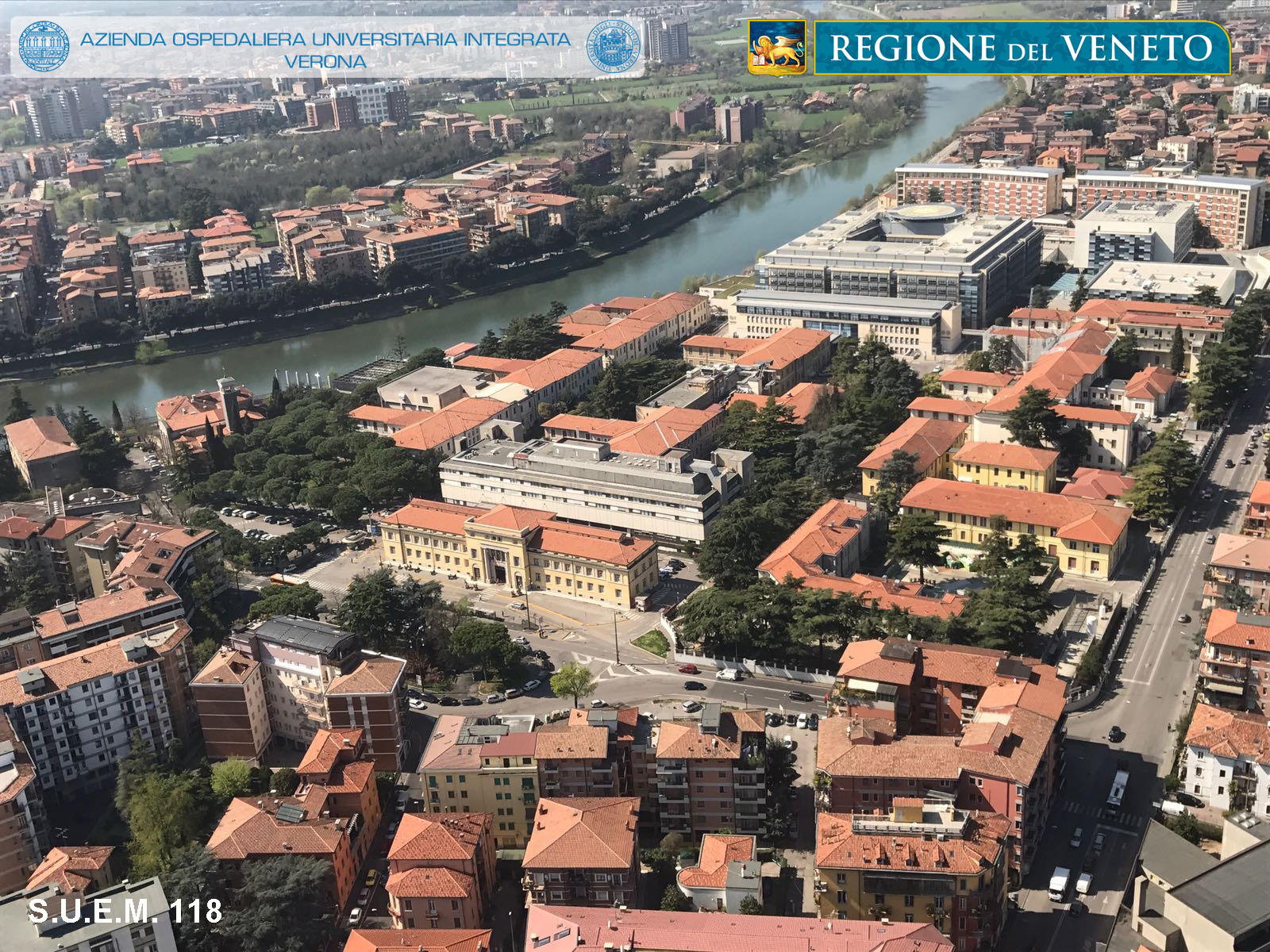
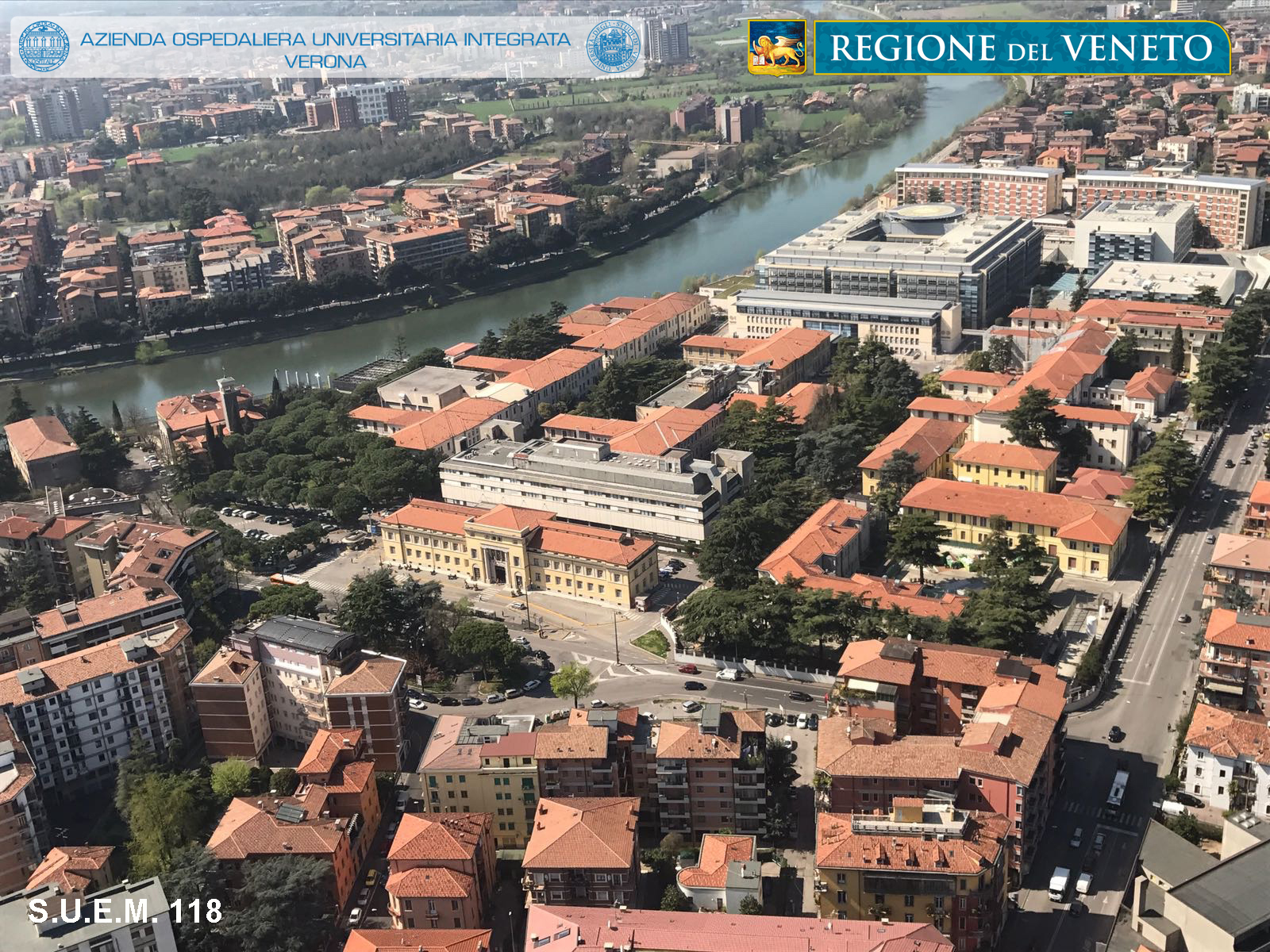


dott. Carlo Cavedon - Health Physics
dott. Elisa Francesca Ciceri - Neuroradiology
dott. Roberto Foroni - Health Physics
dott. Renzo Mazzarotto - Radiotherapy
dott. Stefania Montemezzi - Radiology
dott. Antonio Nicolato - Stereotaxic Surgery
dott. Giuseppe Kenneth Ricciardi - Neuroradiology
dott. Giulia Salandini - SIFaRV
prof. Gian Cesare Guidi - Scientific Director
prof. Albino Poli - SIFaRV Head
https://www.youtube.com/channel/UCjYfvgwEJZUf_tmYhLdt29Q?view_as=subscriber
https://www.facebook.com/Azienda-Ospedaliera-Universitaria-Integrata-Verona-124059104317868/?ref=bookmarks
Linear accelerators (Linac), are treatment radiotherapy devices largely employed by several decades. The most recent evolution of Linac employed in medicine adopts systems that allow radiographic alignment of the treatment beam to the anatomy of the patient as visible in real time. Furthermore, advanced beam-shaping devices allow complex dose distributions to be achieved in order to spare healthy tissues while maximizing the damaging effect of radiation to the tumor volume. Real-time motion compensation, finally, permits highly conformed dose distributions to be delivered on targets that move with respiration. The availability of treatment units based on multiple technologies allows to treat relatively large targets as well as small volumes, e.g. multiple brain or lung metastases, during a single radiotherapy session.
The presence in a single center of multiple equipment allows to treat a wide spectrum of disease sites. In our department, a special focus is on brain tumors, breast neoplasms, pancreatic and liver tumors, gynecologic and urologic cancers.
Video Linacs
Gamma Knife is a radiation device that packs many rays from radioactive sources (cobalt 60) and collimates into a few millimetres (the isocenter) focused to the lesion of the patient’s brain. In this position the patient remains fixed (by a stereotactic frame), until the therapeutic dose is reached according to the dose distribution plan. Briefly, the characteristics and advantages showed by this radiosurgical technology are as follows:
• uncomplicated treatment plan (ease and speed of fields shaping with multiple isocenters);
• neurosurgery dedicated tool;
• day-surgery procedure;
• isocentric irradiation;
• no moving parts once the patient, helmet, and source assembly are locked in place (thus, there is no need for treatment verification films and no loss of focusing precision due to mechanical tolerances of moving parts in the radiation source or the patient support);
• body exposure to radiation up to 100 times less then other devices (LINAC, Cyberknife, etc.); extremely high mechanical and radiation focus precision and coincidence (±0.3 mm);
• highly conformal treatment plans and extremely high accuracy; high gradient dose (50% prescription isodose).
Because of the high dose gradient (high dose in the centre, low doses in the neighbourhood) the surrounding tissue can be protected from doses above their radiation tolerance level. Due to these peculiar characteristics, Gamma Knife radiosurgery system took the first place ranking for several consecutive years in KLAS research firm’s recently released “Best in KLAS Awards: Medical & Infrastructure report” (1). The Gamma Knife is used for several cerebral neoplastic pathologies, usually within a diameter of 3 centimetres (metastasis, meningioma, schwannoma, pituitary adenoma, low-grade glioma, craniopharyngioma, glomus jugular tumor), vascular malformations (AVM, haemangioblastoma, arterio-venous fistula) and a number of functional diseases (for instance: trigeminal neuralgia and epilepsy). Furthermore, the Gamma Knife surgery is involved in some ongoing clinical trials on cerebral cavernous angioma, choroidal melanoma, essential tremor and obsessive-compulsive disease.
Magnetic resonance-guided focused ultrasound (MRgFUS) is an emerging new technology with considerable potential to treat various neurological diseases. With refinement of ultrasound transducer technology and integration with magnetic resonance imaging guidance, transcranial sonication of precise cerebral targets has become a therapeutic option. Intensity is a key determinant of ultrasound effects. High-intensity focused ultrasound can produce targeted lesions via thermal ablation of tissue. MRgFUS-mediated stereotactic ablation is non-invasive, incision-free, and confers immediate therapeutic effects (controlled in real-time). Since FDA approval in 2016 for unilateral thalamotomy in medication-refractory essential tremor, studies on novel indications such as Parkinson's disease, psychiatric disease, and brain tumors are underway. MRgFUS is also used in the context of blood-brain barrier (BBB) opening at low intensities. Preclinical studies show that MRgFUS-mediated BBB opening safely enhances the delivery of targeted chemotherapeutic agents to the brain and improves tumor control as well as survival. In addition, BBB opening has been shown to activate the innate immune system in animal models of Alzheimer's disease.
Finally, it is worth noting to stress that the Neuroscience Department of Azienda Ospedaliera Universitaria di Verona offers to the patients affected by movement disorders all three currently available weapons: deep-brain stimulation (DBS), Gamma Knife surgery and MRgFUS.
THE SIMULATION AND PRACTICE OPERATING CENTRE of the Azienda Ospedaliera Universitaria Integrata di Verona, was activated for the first time in September, 2012. The Centre was created using the space which was previously the location of the Cardiology and Heart Surgery department.
The Centre has a total surface of 3200 square metres on two levels.
The Simulation and Practice Operating Centre is a proper ‘platform’ on activities developing healthcare skills for various professional figures and has specific areas dedicated to simulation training.
Since 2013 the facility that hosts the Simulation and Practice Operating Centre is also the venue for the SERVICE FOR SIMULATION AND ADVANCED TRAINING IN VENETO REGION (SI.F.A.R.V.). This Service is a landmark for planning, technical and administrative management of Simulation training activities.
Simulation is the didactic modality which these activities are based on, through the use of advanced technology.
Simulation training areas:
Videos:
Meeting title: General Presentation
Meeting description: Generale Presentation AOUI
Meeting coordinator: MR-GFUS – Stefania Montemezzi
Meeting coordinator contact: stefania.montemezzi@aovr.veneto.it - 393355726010
Meeting duration: 60'
Meeting starts at: 11:00 - 12:00
Meeting title: Sifarv Presentation
Meeting coordinator: Albino Poli
Meeting coordinator contact: albino.poli@univr.it - 393395813326
Meeting duration: 60'
Meeting starts at: 11:00 - 12:00
Meeting title: Linac Presentation
Meeting coordinator: Renzo Mazzarotto
Meeting coordinator contact: renzo.mazzarotto@aovr.veneto.it - 393475810590
Meeting duration: 60'
Meeting starts at: 11:00 - 12:00
Meeting title: Gamma Knife Presentation
Meeting coordinator: Antonio Nicolato
Meeting coordinator contact: antonio.nicolato@aovr.veneto.it
Meeting duration: 60'
Meeting starts at: 11:00 - 12:00
dott. Carlo Cavedon - Health Physics
dott. Elisa Francesca Ciceri - Neuroradiology
dott. Roberto Foroni - Health Physics
dott. Stefania Montemezzi - Radiology
dott. Antonio Nicolato - Stereotaxic Surgery
dott. Giuseppe Kenneth Ricciardi - Neuroradiology
dott. Giulia Salandini - SIFaRV

prof. Gian Cesare Guidi - Scientific Director
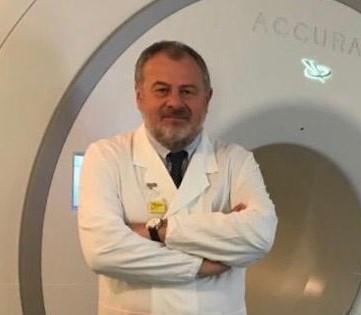
dott. Renzo Mazzarotto - Radiotherapydott. Renzo Mazzarotto - Radiotherapy
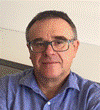
prof. Albino Poli - SIFaRV Head
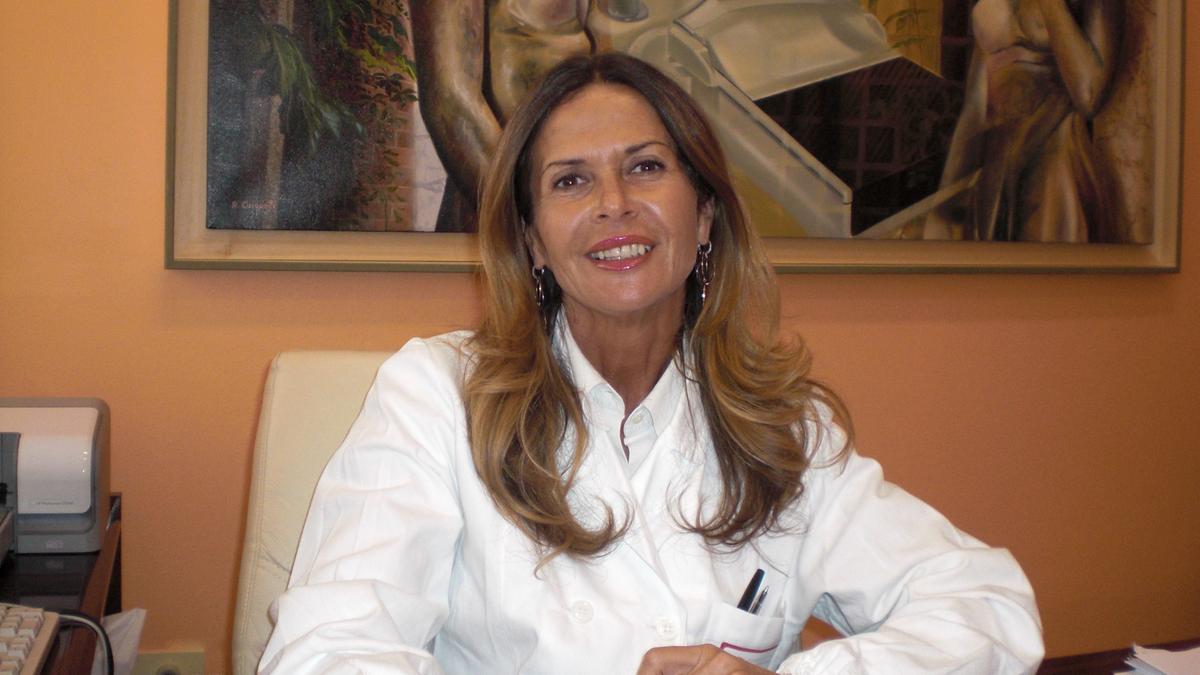
Stefania Montemezzi – MR-GFUS
stefania.montemezzi@aovr.veneto.it - 393355726010